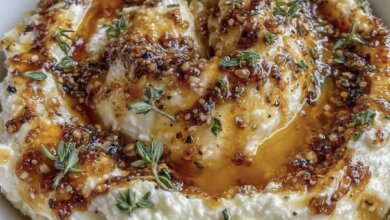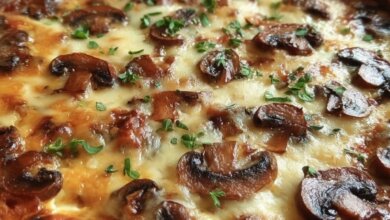Skinless Chicken Breasts

Skinless Chicken Breasts
Introduction
Skinless chicken breasts are a popular choice for those seeking a lean protein source that is versatile and easy to prepare. They can be grilled, baked, sautéed, or used in a variety of dishes, making them a staple in many kitchens. Their mild flavor serves as a perfect canvas for various seasonings and marinades, allowing for endless culinary creativity. In addition to being low in fat, skinless chicken breasts are rich in protein and packed with essential nutrients. This makes them an excellent option for health-conscious individuals and families looking to maintain a balanced diet. With the right techniques and ingredients, you can transform these simple cuts of meat into delicious meals that everyone will enjoy.
History
Chicken has been a part of the human diet for thousands of years, dating back to ancient civilizations in Asia and the Mediterranean. However, the popularity of skinless chicken breasts surged in the late 20th century as health and fitness trends encouraged leaner protein options. This transformation of chicken consumption was partly driven by dietary guidelines emphasizing reduced fat intake and increased protein consumption, leading to skinless cuts becoming a staple in households aiming for healthier meals.
Benefits
- Lean Protein: Skinless chicken breasts provide a high-quality protein source, essential for muscle growth and repair.
- Low in Fat: Removing the skin significantly reduces the fat content, making it a heart-healthy option.
- Nutrient-Rich: They contain essential vitamins and minerals, including B vitamins, phosphorus, and selenium.
- Weight Management: The high protein content can promote satiety, helping to control hunger and support weight loss efforts.
- Versatile: They can be prepared in numerous ways, adapting to various cuisines and dietary preferences.
Ingredients
- 4 skinless chicken breasts
- 2 tablespoons olive oil
- 2 cloves garlic, minced
- 1 teaspoon salt
- 1 teaspoon black pepper
- 1 teaspoon paprika (optional)
- 1 teaspoon dried herbs (such as thyme or oregano)
- Juice of 1 lemon
Instructions
- Preheat the Oven: Preheat the oven to 375°F (190°C).
- Prepare the Marinade: In a small bowl, combine olive oil, minced garlic, salt, pepper, paprika, dried herbs, and lemon juice to create a marinade.
- Marinate the Chicken: Place the chicken breasts in a resealable plastic bag or a shallow dish, and pour the marinade over them. Ensure they are well coated. Marinate for at least 30 minutes or up to 2 hours in the refrigerator.
- Bake the Chicken: Place the marinated chicken breasts on a baking sheet lined with parchment paper. Bake in the preheated oven for 25-30 minutes or until the internal temperature reaches 165°F (75°C).
- Rest and Serve: Remove from the oven and let rest for 5 minutes before slicing or serving.
Tips
- To keep chicken breasts juicy and flavorful, avoid overcooking them. Use a meat thermometer to check the internal temperature, ensuring they reach 165°F without going beyond that.
- Resting the chicken after cooking allows the juices to redistribute, resulting in a tender bite.
- For added flavor, consider experimenting with different marinades or spices. Ingredients like honey, soy sauce, or fresh herbs can elevate your dish.
- Additionally, searing the chicken in a skillet before baking can create a delicious crust and enhance the overall taste.
Variations
- Herb-Crusted Chicken: Coat the chicken breasts with a mixture of breadcrumbs and fresh herbs before baking for a crunchy exterior.
- Stuffed Chicken: Create a pocket in each breast and fill it with spinach, cheese, or sun-dried tomatoes for added flavor and texture.
- Grilled Chicken: Marinate the chicken and grill it for a smoky flavor; serve it with a fresh salad for a light meal.
Nutrition
- Calories: Approximately 165 calories per 4-ounce serving.
- Protein: About 31 grams.
- Fat: 3.6 grams (with skin removed).
- Carbohydrates: 0 grams.
- Vitamins and Minerals: Excellent source of B vitamins, particularly niacin and B6, important for energy metabolism and brain health.
Conclusion
Skinless chicken breasts are not only a nutritious choice but also an incredibly adaptable ingredient that can fit into any meal plan. By utilizing different cooking methods and flavor profiles, you can easily keep your meals exciting and satisfying. Incorporating skinless chicken breasts into your weekly meal prep can save time and provide healthy options for your family. With simple techniques and a few key ingredients, you can create a variety of delicious dishes that are sure to please everyone at the table. Whether grilled, baked, or stuffed, skinless chicken breasts can cater to a range of tastes and preferences, making them a beloved staple for home cooks everywhere.



